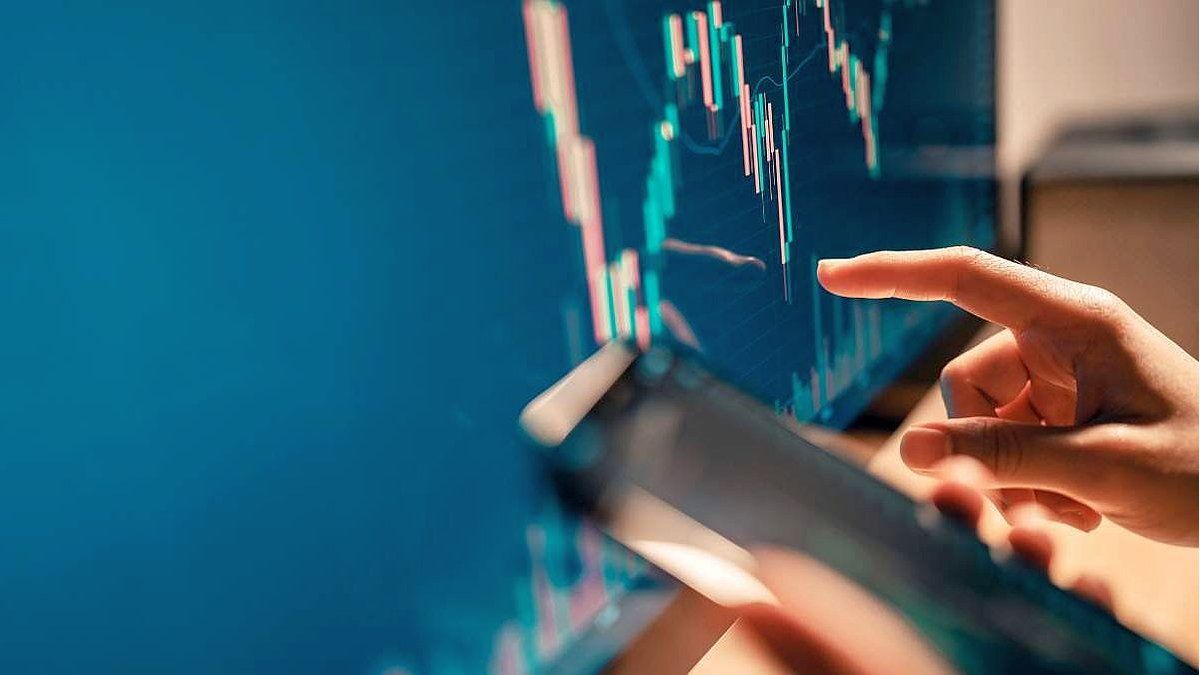The global stock market rebounded in the first quarter of the year, after the sharp falls it experienced in 2022. The S&P500 indicator – which tracks the 500 most valuable companies by market capitalization in the United States – ended last year with a drop of 17%, but since the beginning of this year it is 7% up.
However, the volatility experienced by the market last year persists, which indicates that the degree of uncertainty is still very high.
The end of the COVID pandemic seemed to be a window of opportunity towards normalization. However, Today the world is going through strong geopolitical tensions that make the task of central banks difficult.
The great economic legacy of the pandemic was inflation, and the monetary tightening policies applied by developed countries do not seem to be enough to achieve a soft landing.
At the same time, the risk that the remedy is worse than the disease remains latent; this was especially felt in the banking sector during the month of February.
Last month, at least four regional US banks and one major European bank had to be bailed out, albeit for different reasons.
Meanwhile, on Sunday, April 2, OPEC+ announced a cut in production of 1.16 million barrels of oil per day, generating a WTI crude oil rise of close to 7% in January the next day.
Argentina plays its own game
In this complex global context, Argentina is still immersed in its own challenges. The election year offers a certain degree of hope, since the different political parties have to put together new proposals to try to convince an electorate that is disenchanted with politics as a whole.
Given that the market is ahead of events, Argentine stocks continue the upward path they began in August of last year, despite the structural problems of recent years: inflation, the exchange rate gap and a difficulty in adding dollars to the reserves of the Central bank.
As if this were not enough, this year the drought impactwhich is estimated at a loss of 20,000 million dollars.
Since the rise began in August, the 19 Argentine ADRs have risen an average of 45%. Paradoxically, taking the period in question, Argentina is one of the countries in the world that obtained the best return by investing in shares.
However, this is explained by the low level from which the market started. At the same time, it gives us an indication that by addressing its own structural problems and taking advantage of the international context of high commodity prices, the country can quickly enter a virtuous cycle.
Energy, strategic for the country and for the world
We believe that the energy sectorbeing strategic for the world, is the one that offers the greatest potential for the country in the next decade.
Specifically, we believe that YPF and Pampa Energía they are the most attractive stocks in the long run. The first of these managed last year to make progress on several fronts; some are worth checking out.
With a profit in 2022 of 2,234 million dollars, the company showed the highest growth in hydrocarbon production in the last 25 years. Crude production grew by 7.2% and gas production by 5.0% compared to 2021.
In addition, the percentage of unconventional hydrocarbon production over total hydrocarbons already represents 45%. Despite all this, the company continues to lower its level of debt, which today stands at 1.2x EBITDA (the maximum level of debt/ebitda was 4.9x in 2020 and since then, it has been falling).
On the other hand, Pampa Energía has a market value of 1,875 million dollars and reported a profit in 2022 of 456 million dollars; that is to say: it is worth 4.1x earnings.
We believe that the company has a well diversified business with participation in practically the entire Argentine energy matrix. As of the last quarter of last year, its consolidated EBITDA was 843 million dollars, made up of 44% in power generation, 37% in oil and gas exploration and production, 11% in gas transportation, and 8% in the petrochemical business.
In conclusion, despite the global complexities, The external panorama is still favorable for Argentina due to the high prices of raw materials in historical terms.
We understand that despite average ADR increases of 45% since August of last year, companies have the potential to be worth much more, and could still multiply in value if the country manages to resolve issues that most countries have already overcome.
The electoral year will find the political parties having to present superior proposals to channel the macroeconomic situation. In this sense, we believe that YPF and Pampa Energía are two companies with high potential for those who want to invest in the local stock market.
Head of Equity Sales & Trading at Adcap Grupo Financiero
Source: Ambito
David William is a talented author who has made a name for himself in the world of writing. He is a professional author who writes on a wide range of topics, from general interest to opinion news. David is currently working as a writer at 24 hours worlds where he brings his unique perspective and in-depth research to his articles, making them both informative and engaging.




